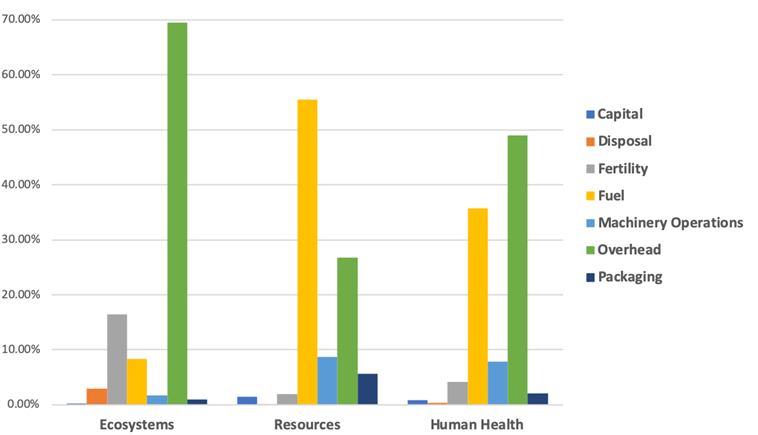2. TOOLS FOR THE SUSTAINABLE DESIGN
Sustainable design is seen as a great challenge for companies from different activity sectors. In this sense, there are a set of tools which can be used for this purpose so a consistent methodology is developed and sustainability is achieved:
- The Product Design Specifications (PDS)
Production Design Specifications (PDS) are standard practices in the development and production of manufactured products. They clearly state the properties of a product, including:

The most important thing about it is to include all the necessary conditions that a product should have, so considering these limits, improvements in terms of sustainable design can be included. The PDS has no a fixed structure and can be modified depending on the type of product assessed.
- The Life Cycle Assessment (LCA)
Life Cycle Assessment (LCA) methodology used in this study is based on the ISO 14040:2009 standard published by the International Organization for Standardization. Its main objective is to take into consideration all the aspects, direct and indirect, that could potentially affect the sustainability and are associated with a product or services. It results shows a rating of the impact of different stages, raw materials or processes, so improvements in the design can be implemented based on that.

Figure 2 – LCA results example. H2020 CIRC4Life project. Deliverable 1.2 https://bit.ly/3Tl4ekW
The LCA methodology can be used in different activity sector to apply the sustainable design and it is one of the keys for its good implementation. It is also important to remark that the LCA also cover the social and economic impacts of a product, being different methodologies but based on the same principles.
In this sense the LCA method will guide a company in the sustainable design. It will provide us information about where should we improve our practices and which are the most important point to be addressed.
- Data mining for online consumer review
Data mining for online consumer review is other important aspect for getting the impacts from consumers, so the sustainable design is in line with consumers preferences, one important aspect to a sustainable use of the products.
- Participatory approaches
Together with these tools, participatory approaches are highly recommended for the sustainable design, not only with potential consumers, but also with other relevant actors, which may influence in the design of the product and may have inputs and recommendations regarding this issue. Section 3 goes deep into the co-creation approach.

 Español
Español Turkish
Turkish български
български Magyar
Magyar Polski
Polski Português
Português